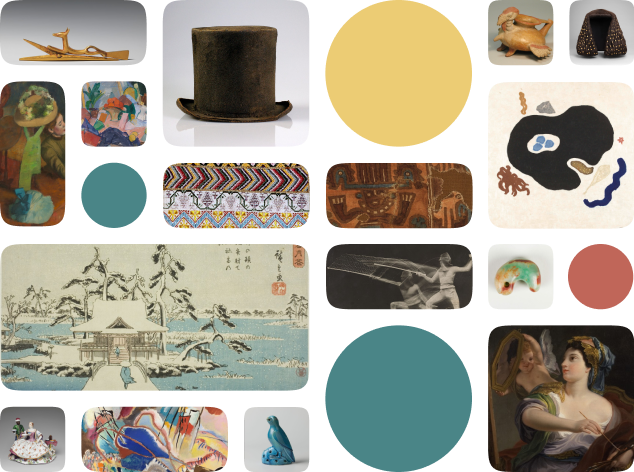""Pearl Figure"" of a Black African Captive
Creator Name
Cultural Context
--
Date
Source
About the Work
Walters Art Museum Object Description
Pearl figures (Perfiguren in German) were figures about 2 to 4 inches high that were crafted primarily from silver, enamel, diamonds, and one or more “baroque” pearls, a term taken from the Portuguese for irregularly shaped pearls in which the layering of nacre that takes place inside the oyster shell has gone awry into a lumpy blob. In the 1600s all kinds of extra-ordinary forms of nature were newly appreciated. One consequence was that the use of such pearls became a specialty of German silversmiths around 1690-1730 who served regional courts (where collections of unusual specimens of nature were common), as that of the Elector August the Strong in Dresden. Given the flamboyant irregularity of baroque pearls, favored categories of ...
Work details
"--" = no data available
Title
Creator
Worktype
Cultural Context
--
Material
Dimensions
Technique
--
Language
--
Date
Provenance
Style Period
--
Rights
Inscription
--
Location
--
Source
Subjects
--
Topic
--
Related Content
--
All Works in Curationist’s archives can be reproduced and used freely. How to attribute this Work:
German, ""Pearl Figure"" of a Black African Captive, ca. 1700-1720 (Baroque), Walters Art Museum. CC0, GNU Free Documentation License.
Help us improve this content!
Let our archivists know if you have something to add.
Save this work.
Start an account to add this work to your personal curated collection.
